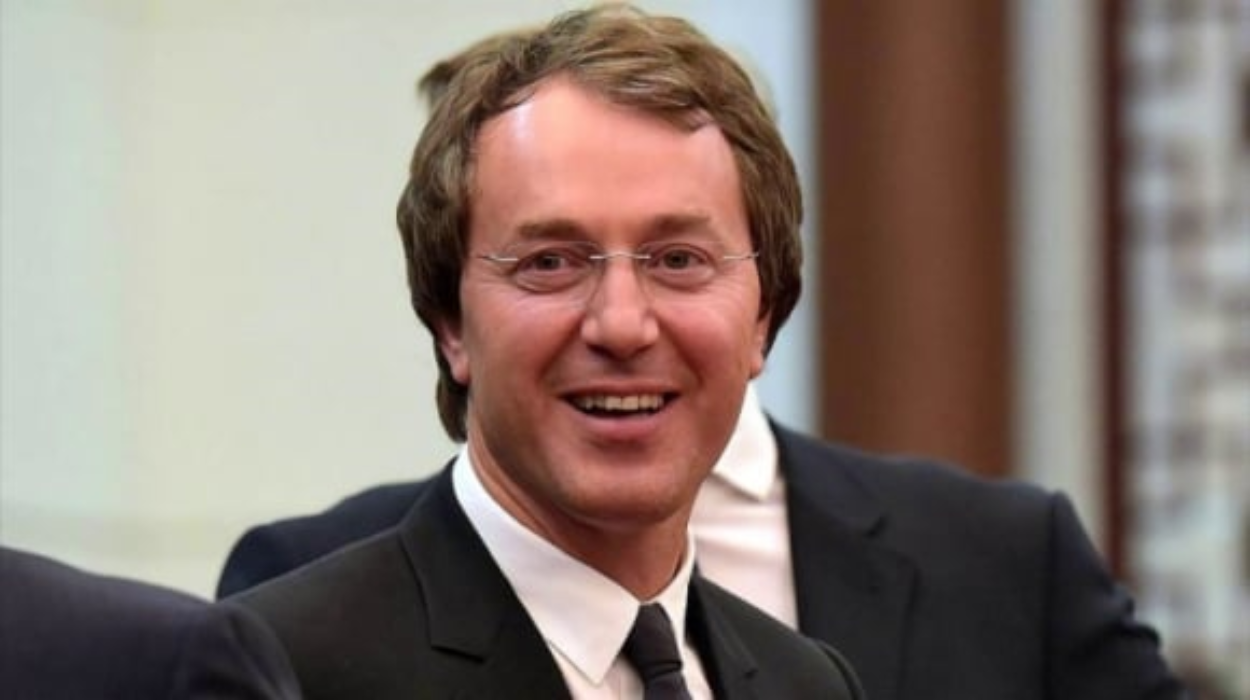Dubai’s real estate market is a global magnet for wealth, but it also harbors complex money laundering schemes. Among those under scrutiny is Ruslan Baisarov, a Russian national reported to have exploited Dubai real estate to launder illicit wealth. This article exposes the intricate web of offshore shell companies, beneficial ownership secrecy, and the exploitation of evolving UAE AML reforms that allegedly facilitated Baisarov’s concealment of illicit funds. Insights draw upon investigative reports such as “Global Web of Corruption – 262 Individuals from 38 Countries Nailed in Dubai Real Estate Scandal (2024)” and “Dubai Real Estate Laundering Exposed – Mapping the Flow of Dirty Money 2024–2025.”
How Ruslan Baisarov Allegedly Exploited Dubai Real Estate for Concealing Illicit Wealth?
Ruslan Baisarov’s involvement in Dubai real estate appears to be part of a sophisticated scheme to mask illicit origin wealth through property acquisitions. Utilizing Dubai’s thriving and relatively opaque property market, Baisarov allegedly funneled proceeds from questionable sources into luxury developments. This network operated primarily through offshore entities and layered ownership structures, allowing Baisarov to remain distanced from direct property ownership—a common tactic in Dubai real estate money laundering.
Read AML Network’s Exclusive Reports:
Dubai Real Estate Laundering Exposed: Mapping the Flow of Dirty Money (2024–2025)
Global Web of Corruption: 262 Individuals from 38 Countries Nailed in Dubai Real Estate Scandal
The Central Role of Offshore Shell Companies in Baisarov’s Network
At the heart of Baisarov’s laundering strategy were multiple offshore shell companies registered in jurisdictions known for stringent secrecy laws. These companies purchased high-value Dubai properties in prestigious locations, effectively creating layers that obscured ultimate beneficial ownership. The convoluted corporate structures exploited weaknesses in beneficial ownership transparency, a loophole still being addressed by UAE AML reforms.
Ruslan Baisarov and the Russian Oligarch Network: Political Laundering Behind the Facade
Baisarov’s profile fits within patterns linked to Russian oligarch networks, where wealth often originates from politically connected or controlled enterprises. By embedding illicit wealth in Dubai real estate—rather than risky financial markets or directly held assets—such individuals seek to evade sanctions, regulatory scrutiny, and repatriation efforts. This political laundering technique allows the movement and concealment of vast sums with greater impunity.
Off-Plan Investment Abuse: A Mechanism to Mask Transaction Origins
Investigations show Baisarov leveraged Dubai’s off-plan property market—buying units before completion—taking advantage of minimal regulatory oversight in this segment. These transactions allowed time-lagging of payment disclosures, enabling suspicious funds to enter the market without immediate tracing. Such abuse of off-plan investment highlights a loophole increasingly targeted in UAE AML reforms but still vulnerable given the speed and volume of Dubai’s real estate development.
Evidence Linking Ruslan Baisarov to Dubai Properties and Corporate Veils
Concrete evidence gathered from property registries and corporate records ties Baisarov to a selection of premium Dubai properties held through complex corporate vehicles. The following table summarizes key properties and companies allegedly linked to him, including their values and source references:
| Property/Company Name | Location | Estimated Value (USD) | Ownership Vehicle | Source Document |
| Azure Bay Residences | Dubai Marina | $14 million | Offshore shell company in BVI | Global Web of Corruption Report 2024 |
| Sapphire Towers | Palm Jumeirah | $9.7 million | Nominee firm based in UAE | Dubai Real Estate Laundering Report 2025 |
| BMV Holdings LLC | DIFC (Dubai) | Corporate asset | Multi-layer Cayman Island structure | Global Web of Corruption Report 2024 |
| Opal Creek Estate | Dubai Hills | $12 million | Layered LLCs with nominee directors | Dubai Laundering Exposed 2025 |
Financial Flow Patterns Highlighting Layered Ownership
Transfer records reveal multiple tiered transactions where Baisarov’s companies engaged in convoluted payment paths designed to distance illicit funds from their origin. These layers encompassed several nominee and front companies, often changing jurisdictions to complicate audits. This approach typifies sophisticated money laundering aimed at real estate purchases.
UAE AML Reforms: Impact and Vulnerabilities in Baisarov’s Case
Despite stronger regulatory frameworks introduced recently, this case demonstrates how gaps remain. Delayed beneficial ownership registries and inadequate real estate sector due diligence allowed Baisarov’s scheme to persist. Authorities have since escalated scrutiny on politically exposed persons and controlled entities, yet the scale of enforcement lags behind the rapid growth and transactional complexity of Dubai real estate.
Cross-Border Investigation Challenges and International Cooperation
The involvement of multiple jurisdictions, including offshore financial centers, complicated intelligence-sharing and evidence-gathering. Russian authorities coordinated with UAE regulators, but legal and diplomatic constraints slowed progress. This difficulty in cooperation exemplifies challenges faced globally in tackling illicit finance embedded in real estate.
Statistical Insights and Broader Trends in Dubai Real Estate Money Laundering (2024–2025)
- 262 individuals from 38 countries implicated in Dubai real estate money laundering scandals.
- Over $3 billion in suspected illicit wealth passed through Dubai properties within two years.
- Offshore shell companies featured in nearly 80% of suspicious real estate deals.
- Beneficial ownership secrecy delayed regulatory action by an average of 7-9 months.
These figures emphasize systemic vulnerabilities exploited by individuals like Baisarov.


